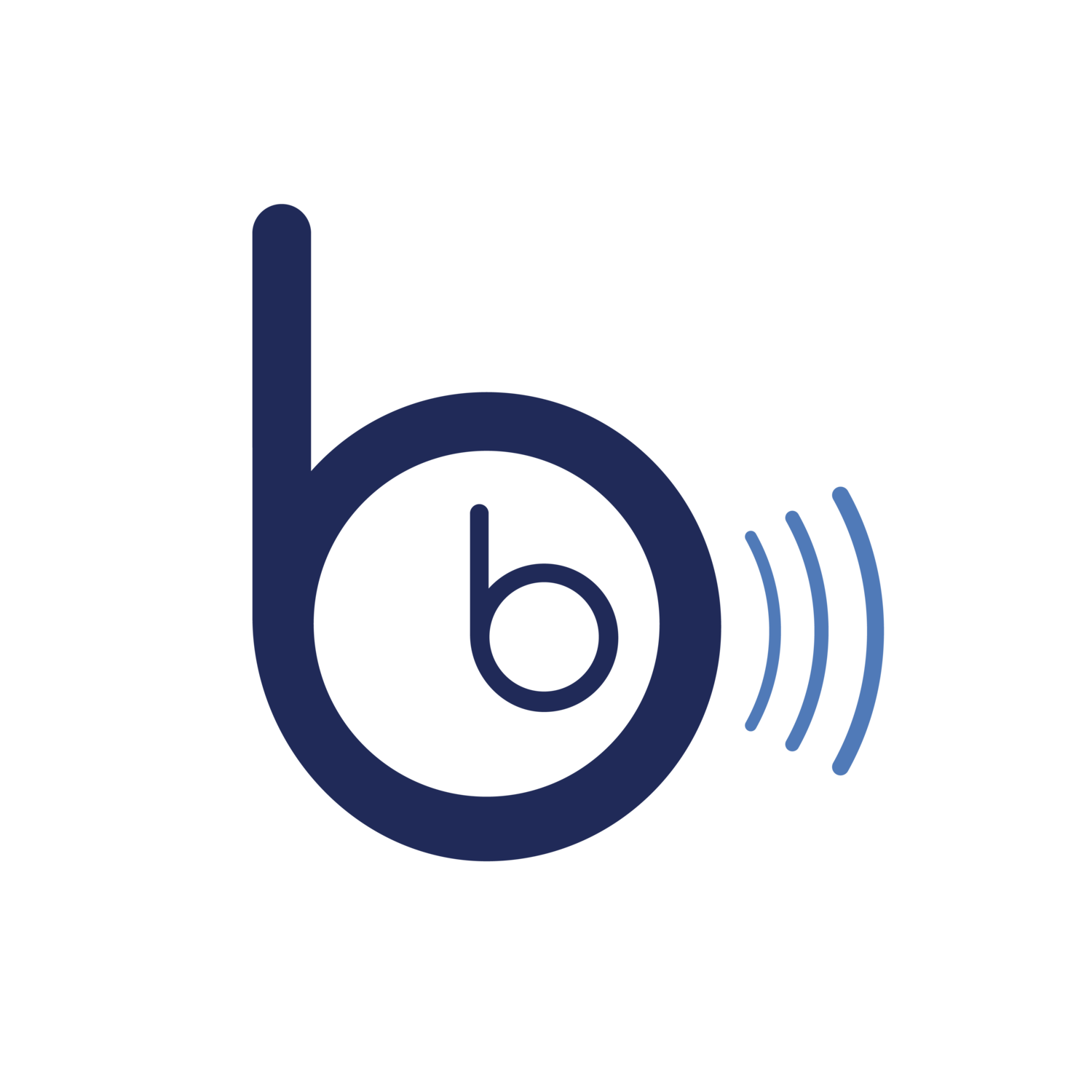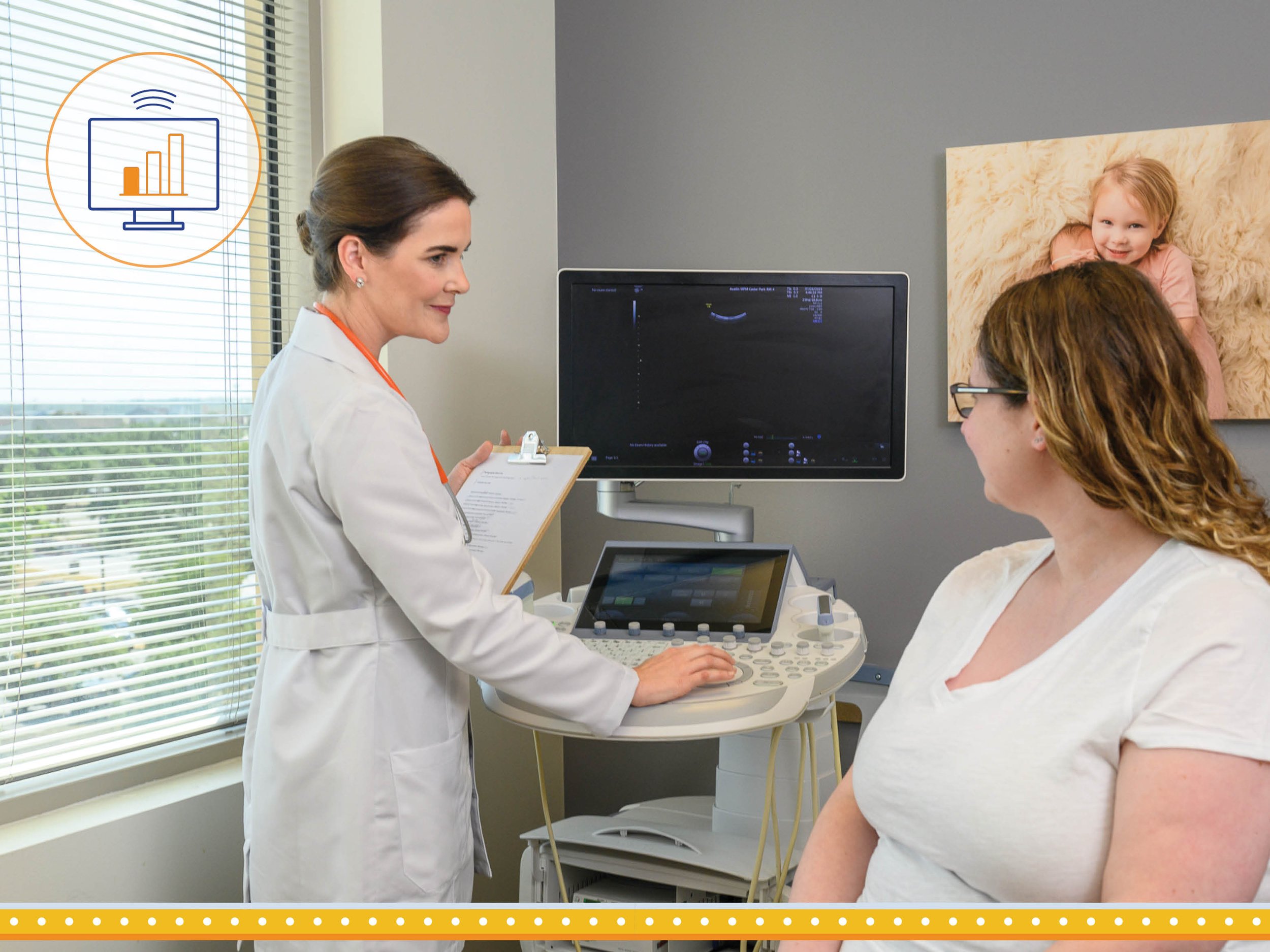The Impact of Telesonography® on Provider Profitability
Telesonography provides ultrasound services via a telecommunications link. It applies the telemedicine approach to sonography, and it comes with a host of benefits.
BB Imaging is the proud owner of TeleScan®, our very own telesonography solution that connects healthcare providers with expert remote sonographers. We’ll refer to TeleScan and some of the results we’ve seen so far throughout the article. If you’d like to learn even more about it, you can visit our website.
Our mission with TeleScan is to bring prenatal ultrasound care to places where it isn't already available and accessible—and improve outcomes for pregnant patients across the nation. Those are the driving forces behind our innovation, but we also know this technology can serve as a revenue builder for our provider partners.
Here are seven ways telesonography can impact a provider’s bottom line:
1. Increased Billing
Our partners have realized an average 30-40% increase in billing. This is because medically indicated ultrasound exams can be billed at a higher frequency when they are reviewed by highly credentialed perinatal sonographers. Our telesonographers all hold active registries in OB/GYN and Fetal Echocardiography through the ARDMS and are credentialed in Nuchal Translucency, Nasal Bone, and Cervical Length Education and Review (CLEAR). They all also have a minimum of two years of perinatal experience.
These experts work in TeleScan to provide reports that are both highly accurate and thorough. Data from TeleScan has shown:
Exams visualize critical anatomy with greater than 90% reliability in all three trimesters.
Remotely estimated fetal weights are well within the established 20% margin of error.
TeleScan can identify high-risk indicators and demonstrate the need for further testing.
No repeat exams have been required.
At this level of exam quality, our clients have seen that utilizing one room twice a week for TeleScan exams yields an estimated $19,000+ in monthly revenue.
2. Exam and Reporting Efficiency
TeleScan software and workflows are designed to increase clinical efficiency. It takes a healthcare worker an average of 30 minutes or less to capture all necessary cine clips for a TeleScan exam. After capture is complete, a telesonographer® can provide a preliminary diagnostic report in one hour or less—for one facility, this amounted to a 61% decrease in report turnaround times.
What do our partners do with all those time savings? They schedule additional patient appointments. On average, the increase in available time slots cuts the time until the next available appointment by 50-75% within just a few months of service.
3. Reduced Recruitment Costs
As an ultrasound service provider, we’re keenly aware of how difficult it is to hire sonographers. A longstanding shortage makes an already small talent pool even smaller, and issues like injury and burnout can take sonographers out of the field early in their careers. Currently, the recruiting cycle can take 180+ days to hire for an open role. In addition, many facilities are now offering sign-on bonuses to compete for limited talent, making the hiring of a sonographer an increasingly expensive endeavor.
Through a TeleScan implementation, you can access perinatal sonographers in as little as one month—no hiring required.
4. Reduced Retention Costs
As we mentioned previously, pain and injury play a big role in sonographers quitting the field. If you already have onsite sonographers, we’re sure you know long days of scanning can bring on work-related musculoskeletal disorders, which can result in high turnover rates and career-ending injuries.
Telesonography is designed to take some of the physical burden of scanning from these hard-to-find professionals. TeleScan can augment care for low-risk pregnancies while allowing your onsite sonography experts to focus on more complex or high-risk examinations. This offers your sonographers a balanced schedule and the capacity to work at the top of their license, which can lead to more years of happy, healthy scanning.
5. Continuity of Care
If your facility doesn’t currently schedule ultrasounds in-house, we’re guessing your patients have to travel to third-party imaging centers. From scheduling (and rescheduling when the patient no-shows) to chasing down reports, we know this setup can cause a lot of hassle for both you and your patients.
Telesonography provides the option to keep patients in-house for their imaging, which increases patient compliance, and allows you to offer a seamless patient experience. Minimizing frustration can also lead to higher patient satisfaction and retention.
6. Appropriate Escalation of Care
When you keep patients in-house for imaging, you can also provide immediate escalation of care when necessary. If TeleScan discovers pathology that requires immediate attention, we will follow a pre-determined plan to inform the right people, through the right channels. This way, the patient can receive the care they need directly from you.
7. Expanded Reach
Telesonography is an excellent solution for expanding your reach, especially if you can take advantage of underutilized outreach clinics and satellite locations. This is especially helpful for patients who live in remote areas or face transportation challenges—and can be advantageous to many more.
For example, one of our partners utilized TeleScan in a satellite clinic and provided a shorter travel time for 20% of patients who were currently driving to the main campus. Another partner decreased their patients’ average distance to ultrasound from 120 miles to just 5 miles.
That all sounds good... but how does it work?
TeleScan is a software-as-a-service product that connects healthcare providers with expert remote sonographers.
Here’s how it works: A knowledgeable healthcare worker (like a medical assistant) uses TeleScan and an ultrasound machine to capture cine clips, which are uploaded to our secure cloud platform. From there, a remote, perinatal sonographer reviews them, provides analysis and annotations, and compiles a preliminary diagnostic report. When the report is ready, the provider is notified, and can use TeleScan to review, update, and finalize the report. If they have opted in, the patient will receive selected keepsake images via a secure text message.
TeleScan is designed to be accessible and financially feasible for everyone. It utilizes existing resources, works with 2D machines, and is paid via a tiered monthly subscription.
Ready to learn more?

